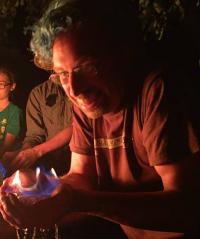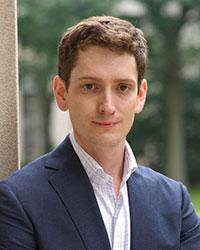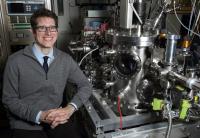Archive for February 2017
A Comic Pile: Tales from the history of Nukees, a comic strip so old it can legally drink
SPEAKER: DARREN BLEUEL, PH.D. STAFF PHYSICIST LAWRENCE LIVERMORE NATIONAL LABORATORY DATE/TIME: MON, 02/27/2017 – 4:00PM TO 5:00PM LOCATION: 3105 ETCHEVERRY HALL Spring 2017 Colloquium Series Abstract: In 1997, Darren Bleuel was told to shut up complaining about the comics in the Daily Californian and do something about it himself. Twenty one years later, “Nukees,” a comic strip about…
Read MoreInside the Iran Deal: The Making and Future of a Historic Agreement
SPEAKER: R. SCOTT KEMP NORMAN C. RASMUSSEN ASSOCIATE PROFESSOR OF NUCLEAR SCIENCE AND ENGINEERING MIT LABORATORY FOR NUCLEAR SECURITY AND POLICY MASSACHUSETTS INSTITUTE OF TECHNOLOGY (MIT) DATE/TIME: MON, 02/15/2017 – 4:00PM TO 5:00PM LOCATION: 3105 ETCHEVERRY HALL Spring 2017 Colloquium Series Abstract: Scott Kemp of MIT will tell the story of the technical negotiations behind the Iran nuclear…
Read MoreHigh-flux helium and hydrogen plasma exposure of materials for magnetic fusion
SPEAKER: ROBERT D. KOLASINSKI ENERGY INNOVATION DEPARTMENT SANDIA NATIONAL LABORATORIES DATE/TIME: MON, 02/06/2017 – 4:00PM TO 5:00PM LOCATION: 3105 ETCHEVERRY HALL Spring 2017 Colloquium Series Abstract: It is widely recognized that the science of plasma-material interactions (PMI) is central to the realization of magnetic fusion as an energy source. Predicting how materials behave in the extreme environments characteristic…
Read More

